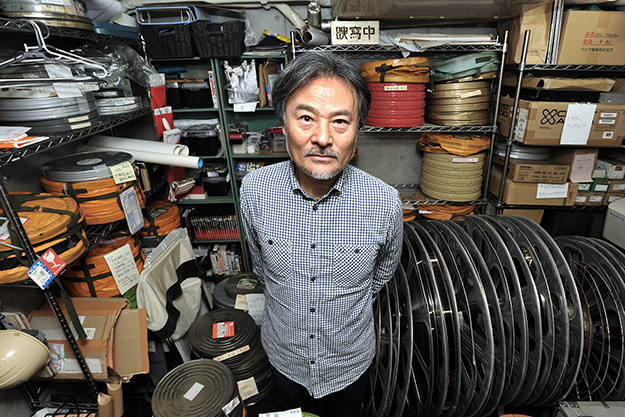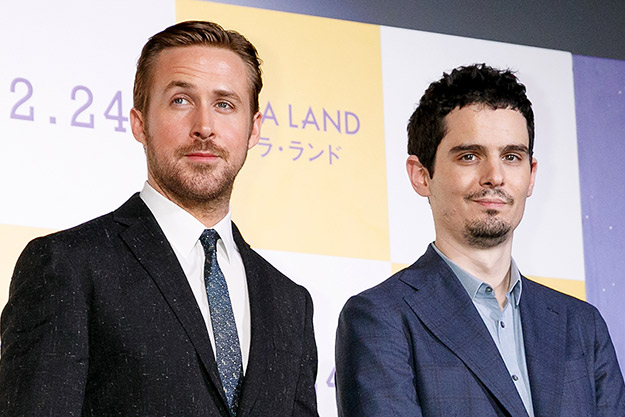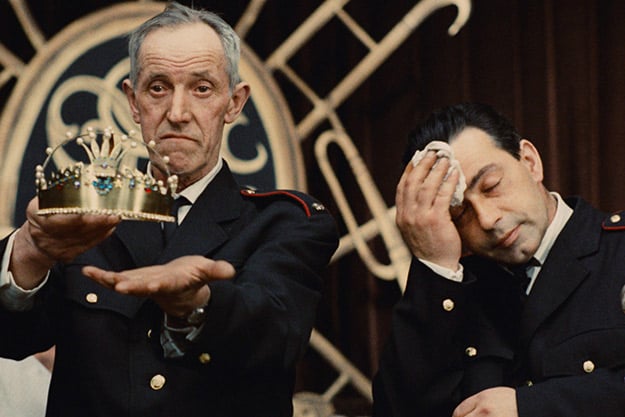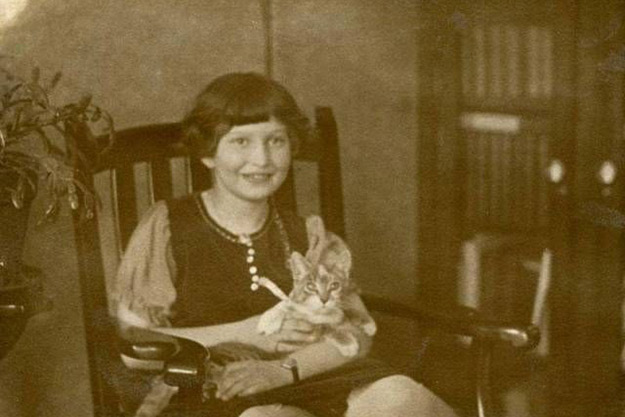News to Me: Week of April 16
Kiyoshi Kurosawa’s To the Ends of the Earth

It’s been barely two months since the U.S. theatrical release of his alien-invasion thriller Before We Vanish (which premiered last year at Cannes), but Kiyoshi Kurosawa is already set to begin shooting his next project: a Japan-Uzbekistan co-production titled To the Ends of the Earth. Described as a “drama of personal growth” by co-producers Jason Gray and Eiko Mizuno-Gray, the film charts the coming of age of a young Japanese woman as she travels across Uzbekistan filming a variety show.
“Last year marked the 25th anniversary of diplomatic relations between Japan and Uzbekistan, and we mentioned the possibility of a co-production to Kurosawa-san,” Gray and Mizuno-Gray, who head Japan-based production company Loaded Films, told Film Comment. “To our pleasant surprise he showed strong interest right away.” Uzbekkino, Uzbekistan’s national cinema agency, is co-producing with assistance from the country’s Ministry of Tourism. Gray and Mizuno-Gray said that the government body has been an integral supporter “without attempting to turn the content of the film into a PR vehicle.”
In keeping with the theme of commemorating national friendship, To the Ends of the Earth will have a truly “cross-cultural set,” Gray and Mizuno-Gray said. The cast, which will be revealed in June, consists of “several very well-known Japanese actors, and an Uzbek actor who’s a household name.” The Japanese director’s longtime cinematographer Akiko Ashizawa—acclaimed for her work on films like Tokyo Sonata (2008) and Journey to the Shore (2015)—is shooting the film, and the crew is a mix of Uzbek locals and Kurosawa regulars.
“I’m excited that I’ll be the first eyewitness to what kind of chemical reaction occurs when Kiyoshi Kurosawa’s vision is transplanted to the world of Uzbekistan,” Ashizawa said in an email.
This will be Kurosawa’s second feature to be filmed outside of Japan, after his gothic French-language debut Daguerreotype (2016). It will also be one of the few films in his recent oeuvre that’s based on an original script and not adapted from a literary work. In an interview with Film Comment about Daguerreotype, the director claimed that he chose to make the film in France because at home he would not have been able to develop an original script. Japanese producers, he lamented, are increasingly only interested in adaptations of manga stories or novels: “In Japan, usually what happens is the producer brings in a work and says, ‘Adapt this and then make a movie.’” (In the past he has wryly expressed relief that he was asked to make a film in France and not Hollywood: “I’m pretty sure that if this was Hollywood I would have been broken already.”)
Since debuting with low-budget, direct-to-video yakuza films in the 1980s, Kiyoshi Kurosawa has made over 40 features and has a lingering reputation as a connoisseur of the uncanny. In the last few years, he has expressed his desire to avoid being pigeonholed. “I really like this kind of film,” he told the South China Morning Post in 2016, “but people have seen so many horror films from me in the past that they now can’t help but label me a horror filmmaker. They may feel that I’m too good at this genre to be making anything else. I don’t want them to think that.”
Kurosawa has wrapped up location scouting for To the Ends of the Earth and will soon be shooting for about a month in various regions of the country—urban, rural, and natural settings. “If you’re familiar with Kurosawa’s work, you know how specific the locations are,” said Gray and Mizuno-Gray. “This is no exception!” They are expecting the film to be completed in time for international film festivals in 2019.—Devika Girish
Films on the Horizon 
Damien Chazelle’s First Man, starring Ryan Gosling as Neil Armstrong, is slated for release later this year; screenwriter Josh Singer insists to The Boston Globe that it’s not a biopic, but an action film with “at least five major setpieces.” In the midst of choreographing zero-g extravaganzas, Chazelle has also been signed to produce and direct a musical drama series called The Eddy for Netflix and an as-yet-untitled straight-to-video series for Apple. Lukas Moodysson (We are the Best) is filming HBO’s first-ever Scandinavian series Gösta: an eight-part affair that centers on a 28-year-old child psychologist who gets his first job in a small rural town. And Swiss filmmaker Ramon Zürcher, whose debut feature The Strange Little Cat won much acclaim in 2013, is developing a follow-up titled The Spider and the Girl. It’s the second part in what will reportedly be a trilogy about “human togetherness.”—Devika Girish
Readings

The Firemen’s Ball
✸ Harriet Polt interviews the late Miloš Forman just before he embarked on his first American feature, in the Fall 1970 issue of Film Comment
✸ The Czech horror-themed issue of Kinoeye from January 2002 features an interview with the late Juraj Herz—director of The Cremator (1969)—as well as two excellent essays on his filmography.
✸ Esther Allen, who produced the first English translation of Antonio di Benedetto’s Zama in 2016, writes about the novel and Lucrecia Martel’s brilliant cinematic adaptation in an essay for the New York Review of Books. Also listen to our discussion with Allen on The Film Comment Podcast!
✸ Over at Filmmaker magazine, Vadim Rizov provides an exhaustive list of the ~31 films released in the U.S. in 2017 that were filmed, “either partly or in full, on 35mm.”

Maya Deren, Syracuse, 1926







